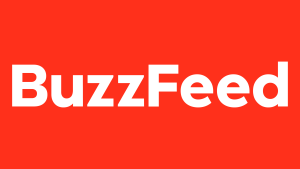
It came in my magazine business course. It was the only one I aced.
The lesson was simple. Know your reader.
Journalism is about organizing and advocating a place, an industry, or a lifestyle. You need to know who your target market is, organize that market, and represent its interests. That’s why newspaper publishers would go to chamber of commerce meetings. It’s why industry magazines organized trade shows. It’s why a publication’s mailing list was its key asset. Its why publishers exist, to sell, and why they stand above even editors on the masthead.

Today the whole industry is on the rocks. Local newspapers are out of business. Magazines are gone. We have just three viable newspapers in this country, half the number England has, and efforts to go online only like Buzzfeed are shutting down.
Now, go back three paragraphs. What’s a publication’s key asset?
Precisely. It’s the mailing list.

The rise of Substack and of Cox’ Axios offers us a chance to start over again. The industry’s stupidity in the face of the online world has set journalism back over two centuries. We’re back to where the Founders were, with papers whose business model is political patronage.
It doesn’t have to stay that way.

Even before you create your database, visualize your target reader. How old are they? Are they male or female? What do they do for a living? What are they interested in? How much do they make? Where do they live? Write these parameters in a list. Let that become the heart of your database. Make sure you have a coherent market before you try marketing to it.
It doesn’t matter whether your actual readers are old or young, fat, or thin. What matters is whether they line up with the target. What matters is whether they are a defined market.
Then, when you start writing, write for that reader. Dig for the things they want to know. When they express interest, work on getting everything about them you can into that database. As you build your list, measure it against the size of the target market. Tell potential advertisers how much of their target market you reach. Don’t sell them ads. Make them your business partners.
Journalism is a business. Journalists may feel we have a calling, but it’s a business. Build yours from the bottom up, build it with a clearly defined target, invest your time in the free tools available, and grow from there. Be a publisher.
It’s the only way this works. It always has been.









